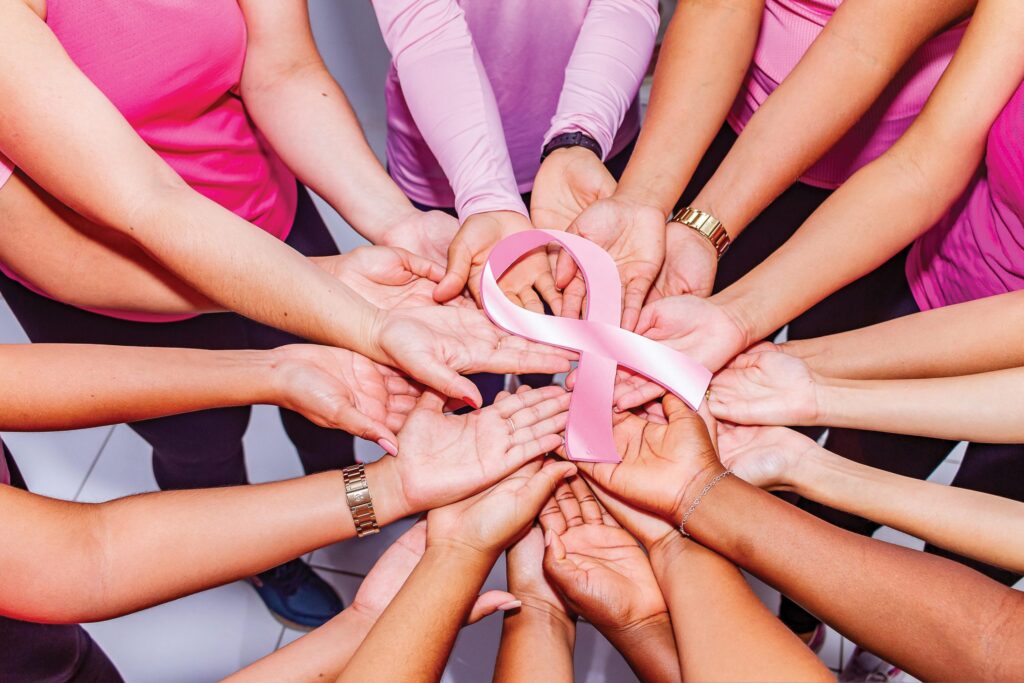Cancer Prevention: A Lifesaving Endeavor
Cancer continues to be a formidable adversary to human health, but proactive measures in cancer prevention offer a beacon of hope. By understanding the risk factors, adopting a healthy lifestyle, and availing of early detection methods, we can significantly reduce the burden of this disease.
Know Your Risk Factors
One of the first steps in cancer prevention is recognizing the risk factors. While some factors are beyond our control, such as genetics and age, many are within our reach. Tobacco use, an unhealthy diet, physical inactivity, and exposure to carcinogens are some controllable risk factors.

Tobacco: The Leading Preventable Cause
Smoking is the single largest preventable cause of cancer worldwide. It is responsible for a staggering 30% of all cancer-related deaths. Quitting smoking significantly reduces the risk of developing cancer and other chronic diseases. Education and support for tobacco cessation are pivotal in this fight.
Diet and Exercise: The Foundation of Prevention
A well-balanced diet rich in fruits, vegetables, and whole grains can help prevent cancer. Limiting red meat, processed foods, and sugary drinks is equally important. Physical activity plays a crucial role; aim for at least 150 minutes of moderate exercise weekly.
ALSO READ:Promoting Health and Wellness: The Importance of Healthy Eating
Vaccination: Shielding Against Certain Cancers
Vaccines like the HPV vaccine protect against infections that can lead to cancer. Vaccination programs have made substantial progress in reducing cervical cancer cases, and their expansion holds promise for additional cancer types.
Early Detection: Your Lifesaver
Regular screenings are essential for early cancer detection. Mammograms, Pap smears, colonoscopies, and skin checks can identify cancer at its earliest, most treatable stages. Regular check-ups and prompt reporting of symptoms are crucial.

Sun Safety: Shielding Against Skin Cancer
Skin cancer prevention revolves around sun safety. Use sunscreen, wear protective clothing, and avoid sunburns to reduce the risk of melanoma and other skin cancers.
Environmental Awareness: Reducing Carcinogen Exposure
Limiting exposure to environmental carcinogens, such as asbestos and radon, is another facet of cancer prevention. Awareness and stringent safety measures can protect individuals from these hazards.
ALSO READ: Understanding Blood Pressure: A Vital Indicator of Health
Education and Advocacy: The Path Forward
Public awareness campaigns and educational programs are indispensable tools in cancer prevention. Communities and governments can work together to disseminate information, enact policies that support health-conscious choices, and provide access to affordable healthcare.

Cancer prevention is not a single action but a collective effort, with individuals, healthcare providers, and policymakers all playing pivotal roles. By understanding the risk factors, embracing a healthy lifestyle, and advocating for early detection and preventative measures, we can make great strides in reducing the impact of cancer on our lives and those of future generations.




